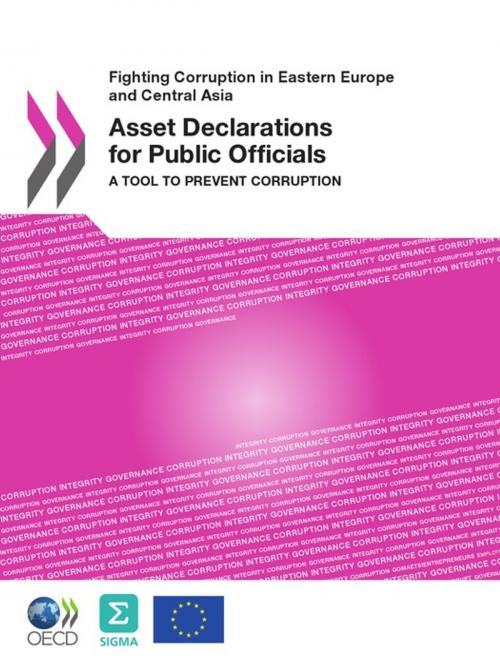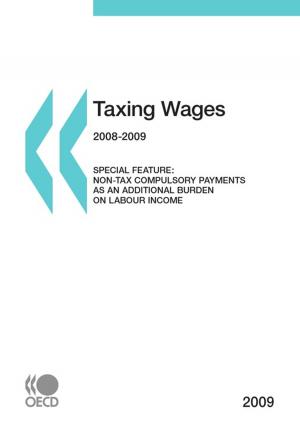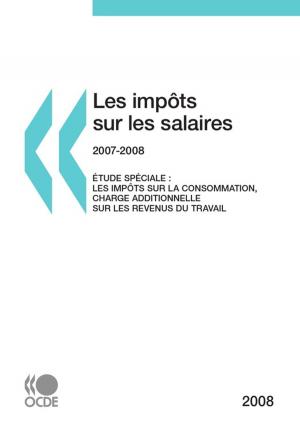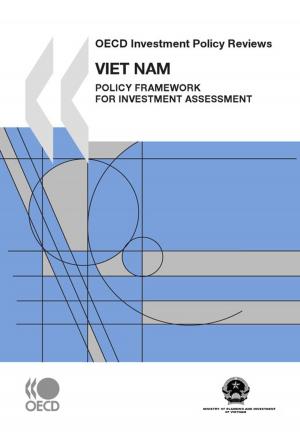Asset Declarations for Public Officials
A Tool to Prevent Corruption
Nonfiction, Social & Cultural Studies, Political Science, Government| Author: | Collective | ISBN: | 9789264095281 |
| Publisher: | OECD | Publication: | March 17, 2011 |
| Imprint: | OECD | Language: | English |
| Author: | Collective |
| ISBN: | 9789264095281 |
| Publisher: | OECD |
| Publication: | March 17, 2011 |
| Imprint: | OECD |
| Language: | English |
Many countries around the world have introduced systems of asset declarations for public officials in order to prevent corruption. These systems vary greatly from country to country. The impact of such systems on the actual level of corruption is not well known.
This study provides a systematic analysis of the existing practice in the area of asset declarations in Eastern Europe and Central Asia, and in some OECD member states in Western Europe and North America. It examines the key elements of asset declaration systems, such as policy objectives, legal frameworks and the institutional arrangements; the categories of public officials who are required to submit declarations, and types of required information; procedures for verifying declared information, sanctions for violations, and public disclosure. The study also discusses the cost-effectiveness and overall usefulness of declaration systems. It includes four case studies covering Lithuania, Romania, Spain and Ukraine, and many additional country examples and references.
The study presents policy recommendations on the key elements of asset declaration systems. These recommendations will be useful for national governments and international organisations engaged in development, reform and assessment of asset declarations systems on a country level.
Many countries around the world have introduced systems of asset declarations for public officials in order to prevent corruption. These systems vary greatly from country to country. The impact of such systems on the actual level of corruption is not well known.
This study provides a systematic analysis of the existing practice in the area of asset declarations in Eastern Europe and Central Asia, and in some OECD member states in Western Europe and North America. It examines the key elements of asset declaration systems, such as policy objectives, legal frameworks and the institutional arrangements; the categories of public officials who are required to submit declarations, and types of required information; procedures for verifying declared information, sanctions for violations, and public disclosure. The study also discusses the cost-effectiveness and overall usefulness of declaration systems. It includes four case studies covering Lithuania, Romania, Spain and Ukraine, and many additional country examples and references.
The study presents policy recommendations on the key elements of asset declaration systems. These recommendations will be useful for national governments and international organisations engaged in development, reform and assessment of asset declarations systems on a country level.















